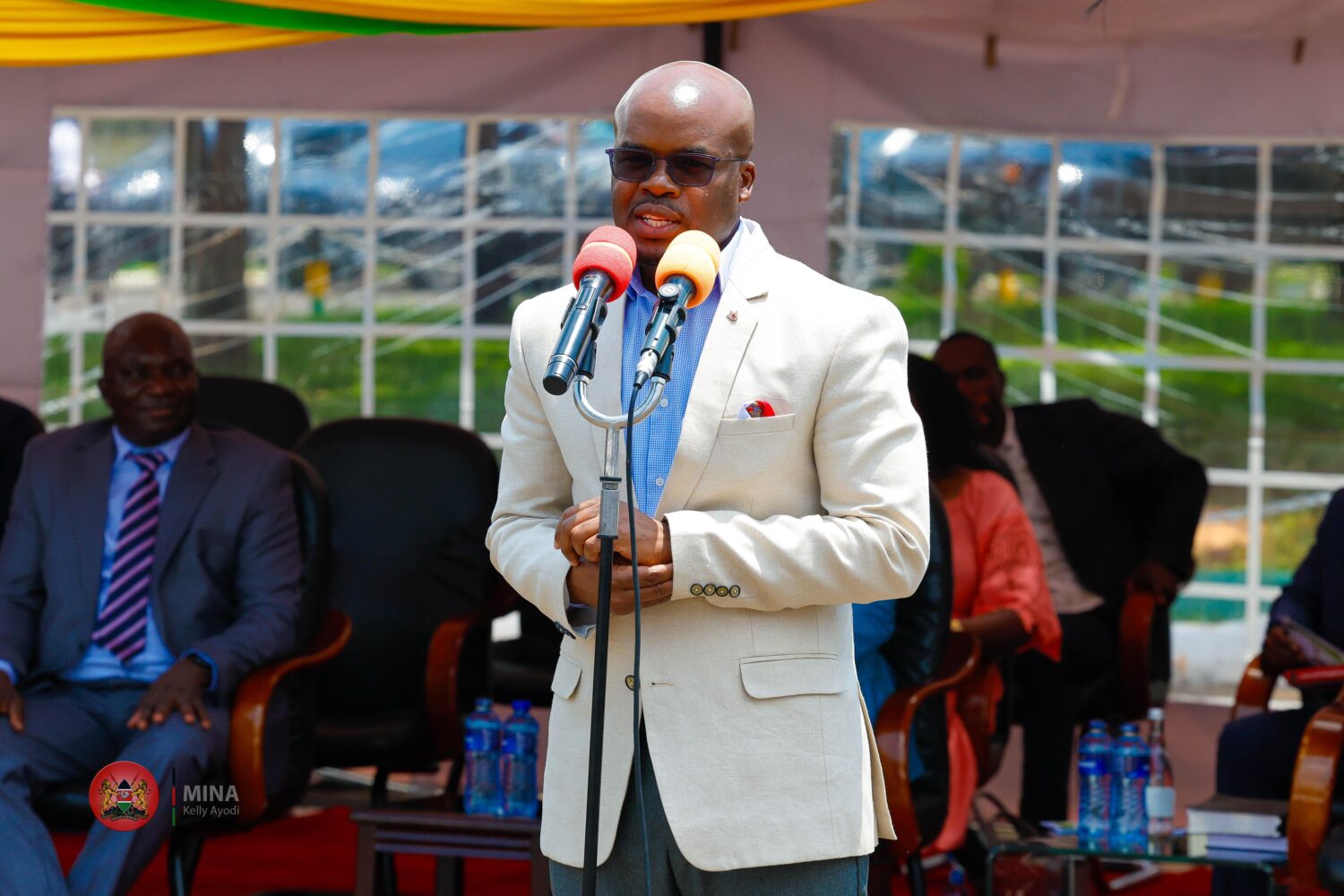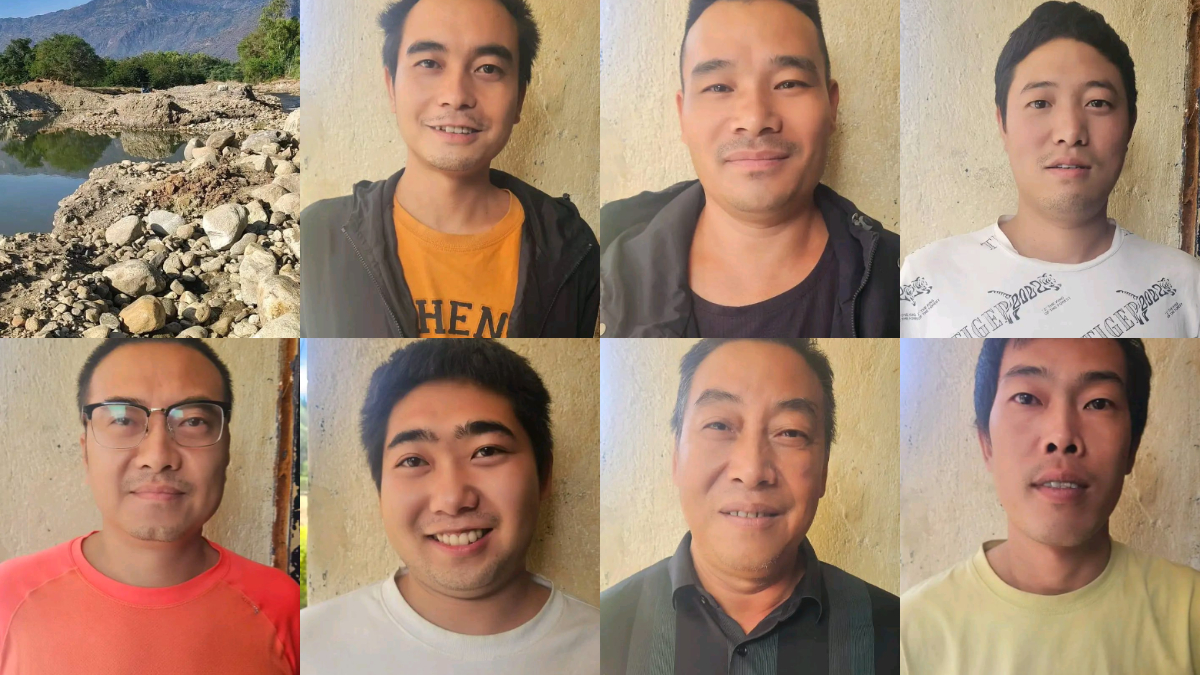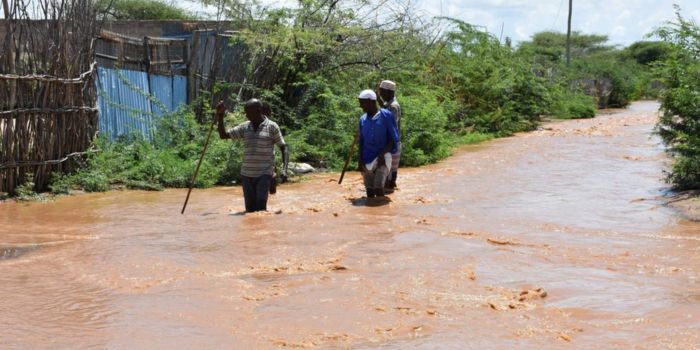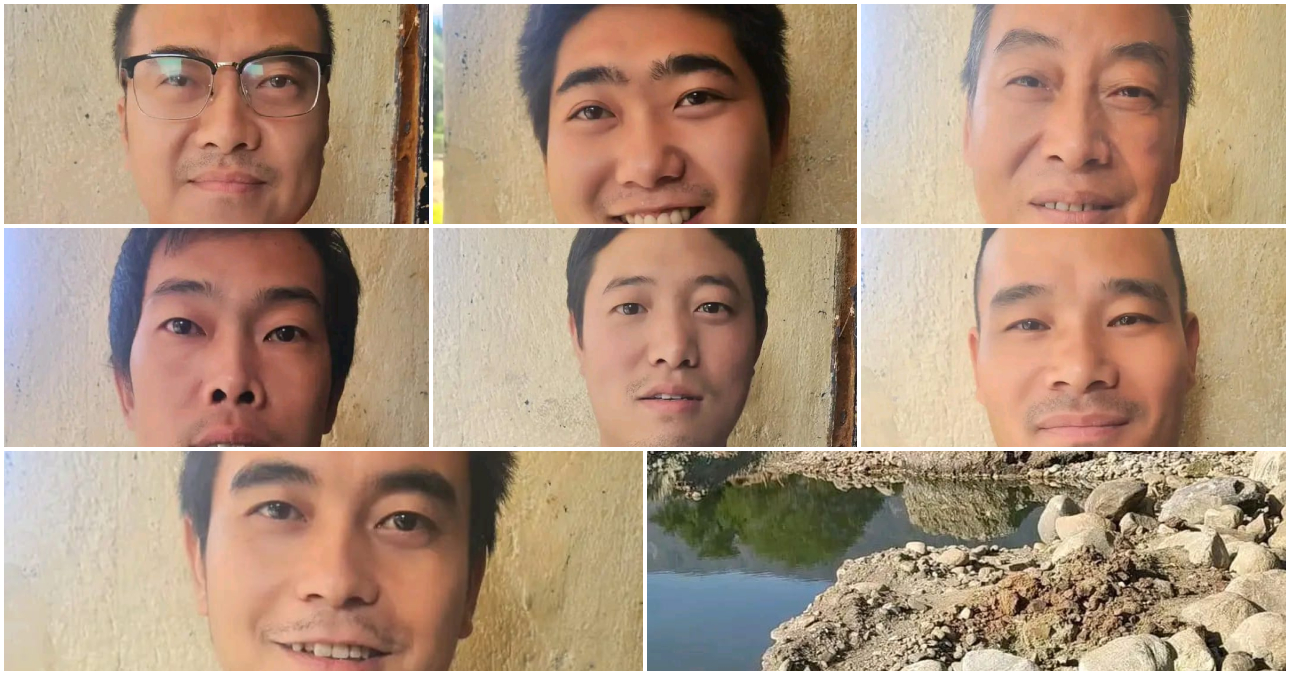Recent data released by the Kenya Universities and Colleges Central Placement Service (KUCCPS) reveals a troubling trend: only 258,935 out of the 890,654 students eligible for tertiary education have been placed.
This is a significant gap in our education system, with over 70% of students failing to transition beyond secondary school. This scenario demands urgent and thorough review, as it poses serious implications for the future of Kenya.
While some students might proceed directly to private universities or study abroad, the absence of a centralized tracking system leaves a vast majority unaccounted for.
This lack of data prevents us from understanding the true extent of the problem and addressing the underlying causes effectively.
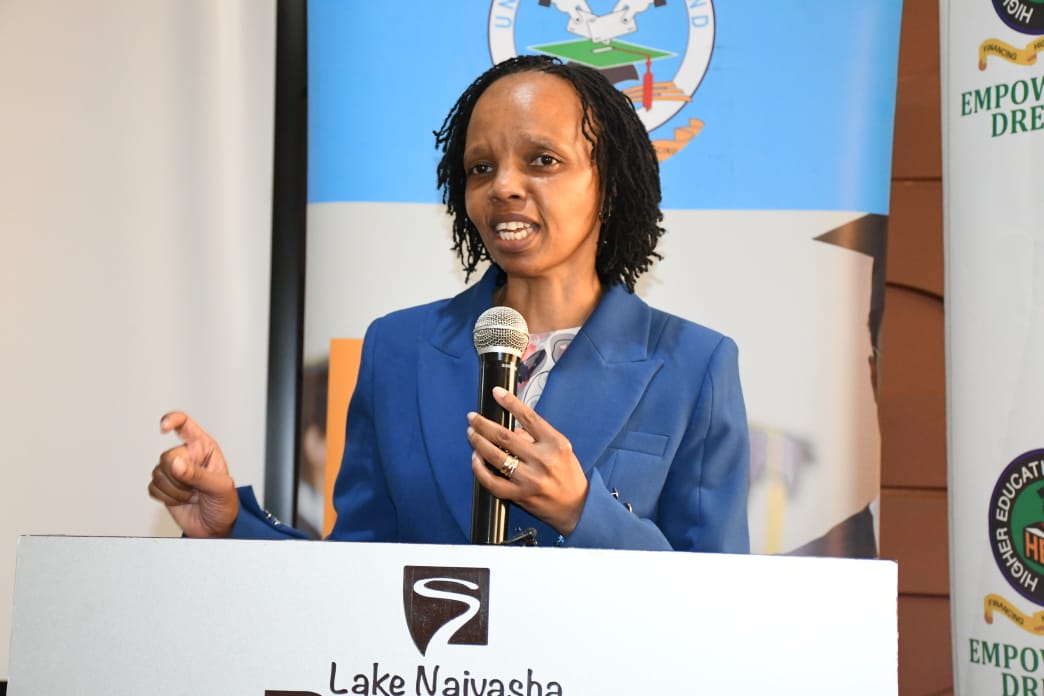
It is clearly abnormal when a huge fraction of the country’s students are missing out on higher education and points to deeper systemic issues including wastage.
Despite having sufficient capacities in public and private institutions, many students are left out. For instance, out of the available 1,078,806 slots, only a fraction has been utilized, leaving a considerable number of slots vacant.
This gap suggests several potential issues ranging from economic barriers, lack of awareness, questions over the quality and relevance of education to policy and administrative gaps.
Yet failing to engage a significant portion of our youth in higher education has far-reaching consequences both economic and social with generational disillusionment being the most obvious result for many.
As we stand at this critical juncture, we must realize that our education system needs urgent reforms, way beyond the lip service and empty promises offered by political leaders.
Copy by Fred Indimuli- host Morning Cafe show



